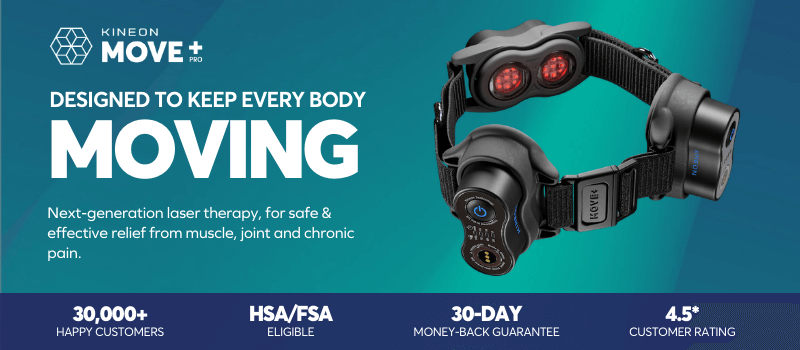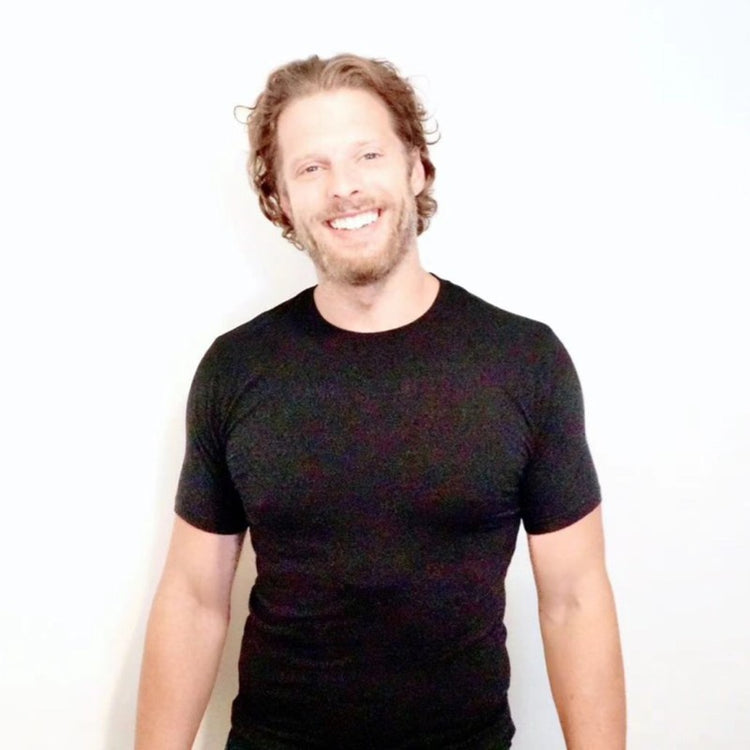Light therapy, or photobiomodulation, has become increasingly popular as a non-invasive and drug-free method for promoting tissue repair, reducing inflammation, and managing pain. While light therapy panels are often marketed as an effective solution for delivering therapeutic light to target tissues, there are inherent limitations in their design. This article will explore the challenges associated with using light therapy panels for optimal dosage delivery, focusing on the inverse square law and the significant impact that small changes in distance can have on light dosing.
The Inverse Square Law and Light Therapy
The inverse square law is a fundamental principle in physics that describes how the intensity of light diminishes as the distance from the light source increases. According to this law, the intensity of light is inversely proportional to the square of the distance from the source. In practical terms, this means that as the distance between the light source and the target tissue doubles, the light intensity reaching the tissue decreases by a factor of four.
This principle has significant implications for light therapy, as the dosage of light received by the target tissue is crucial for achieving optimal therapeutic effects. When using a light therapy panel, small changes in distance from the panel can result in considerable variations in the light dosage delivered to the internal tissue. This makes it challenging to ensure consistent and accurate dosing when using light therapy panels for treatment.
Challenges in Delivering Correct Dosage with Light Therapy Panels
- Variability in distance: It is challenging to maintain a consistent distance between the light therapy panel and the target tissue during treatment, as even slight shifts in position can result in significant changes in light intensity. This variability can lead to under- or over-dosing of the target tissue, which may compromise the effectiveness of the treatment.
- Difficulties in targeting deep tissues: Tissue strongly absorbs light, such that significant deeper penetration requires a greater original intensity at the skin’s surface. When using a therapy panel, the light intensity reaching the skin is low due to the inverse square law, preventing deeper penetration.
- Uneven distribution of light: Light therapy panels may not provide a uniform distribution of light across their surface, resulting in uneven dosing. This can lead to variations in light intensity and dosage across the treatment area, further complicating the delivery of consistent and accurate dosing.
- Limited control over treatment parameters: Light therapy panels often lack precise control over treatment parameters such as wavelength, intensity, and duration. This can make it difficult to tailor the treatment to the specific needs of individual patients and achieve optimal therapeutic outcomes.
Conclusion
While light therapy panels may appear to be a convenient solution for delivering therapeutic light to target tissues, the inverse square law and other inherent limitations make it challenging to ensure consistent and accurate dosing. To overcome these challenges, it is essential to consider alternative light therapy devices that offer greater control over treatment parameters and more effective delivery of light to internal tissues.
By understanding the limitations of light therapy panels and choosing the appropriate devices for treatment, healthcare professionals and individuals seeking the benefits of light therapy can optimize their treatment outcomes and achieve the desired therapeutic effects.
For more articles on light therapy, read:















